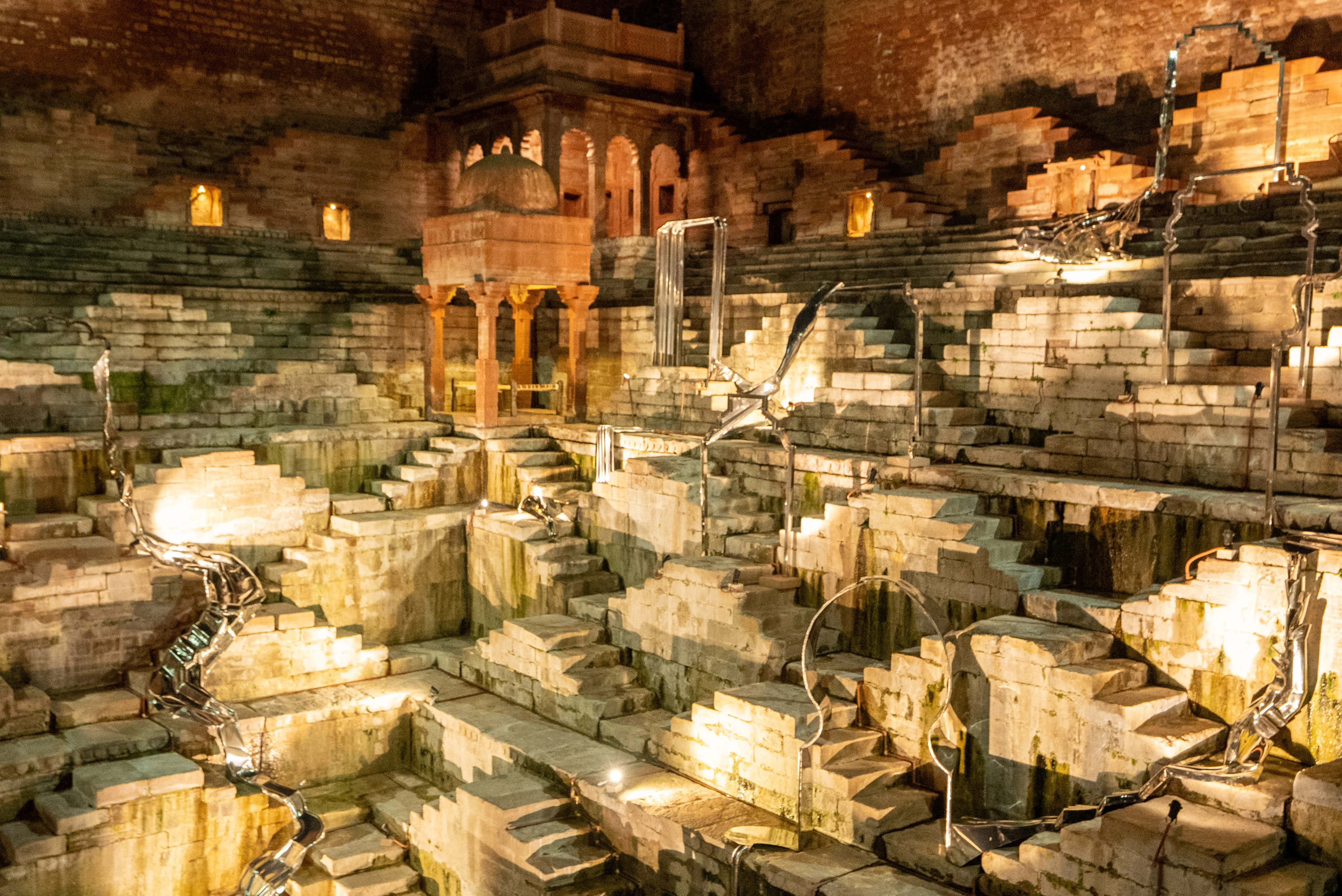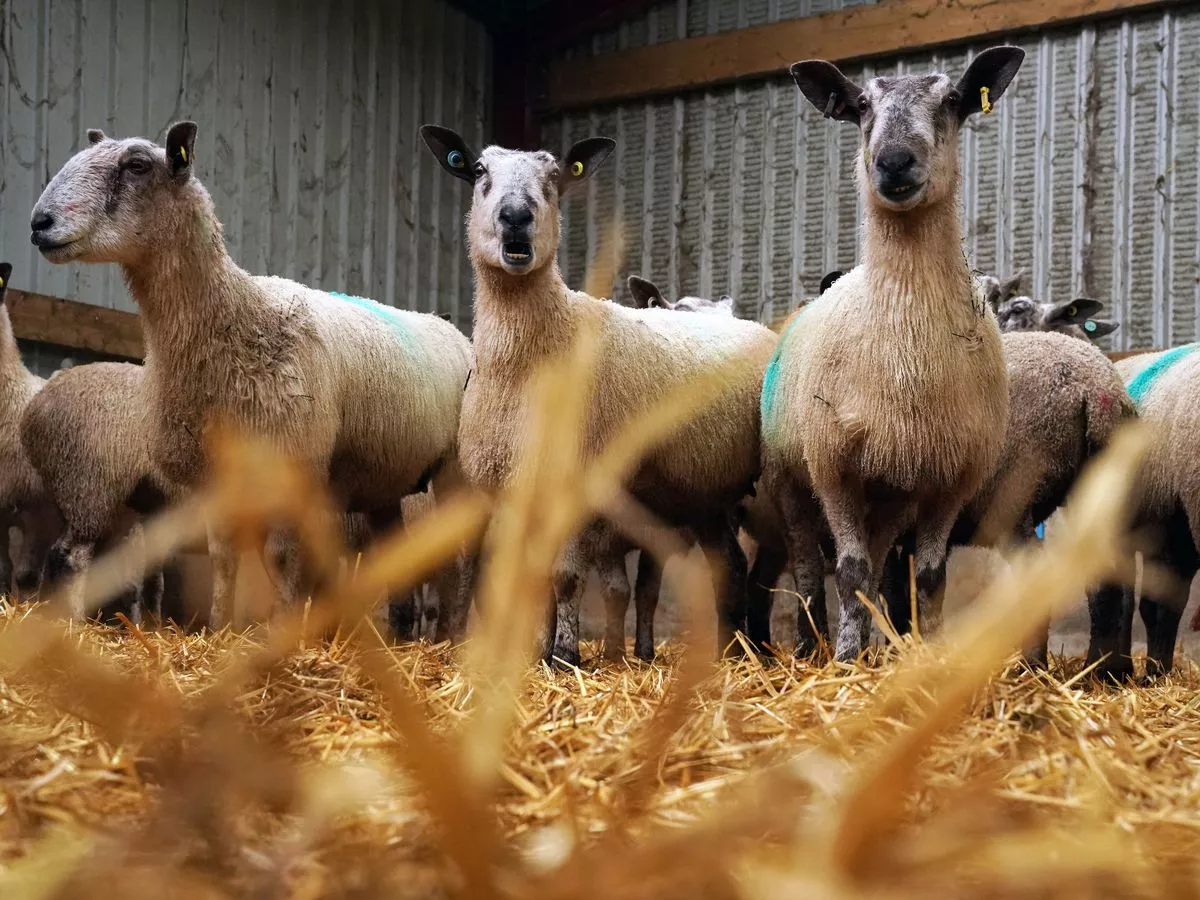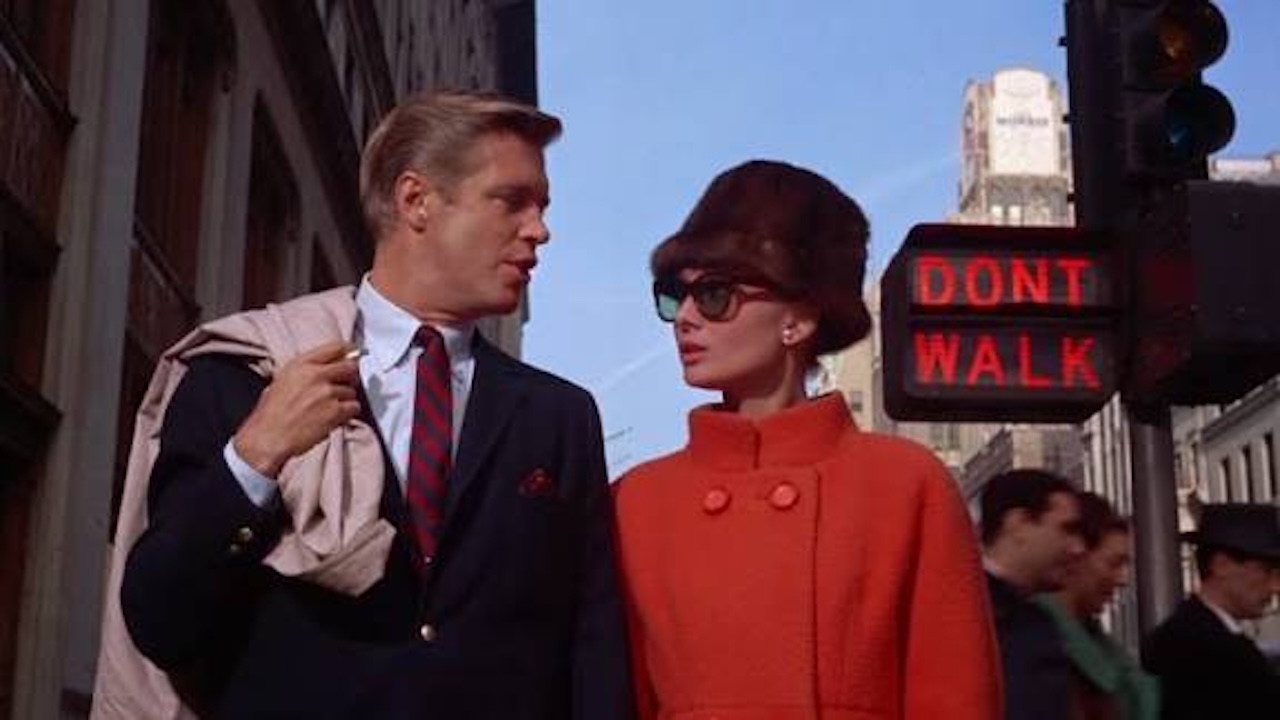Copyright scmp

Known for its azure-hued buildings, Jodhpur, India’s “Blue City”, is dotted with hidden stepwells. Among them is Mahila Baag Jhalra, an 18th-century structure with elaborate staircases surrounding a central pool. Once a vital water source and gathering space for women, it had fallen into disrepair. “When I first saw it, there was a lot of garbage in the space: cigarette butts, chip packets and plastic bags,” Delhi-based artist Ayesha Singh says, adding that many locals she met did not know it existed. Earlier this month, however, Singh collaborated with local metal specialists Mayank, Anshul and Kuldeep Kularia to transform the space into an immersive installation filled with glistening steel sculptures. The installation, called Subterranean Inversion: Structures of Forgetting, featured sculptures draped across the historic stepwell. Some looked like liquid mercury flowing freely. Others were more angular. The sun’s blinding reflection off the metal sculptures could at times conceal parts of the stepwell, Singh says, which symbolises how historic structures and the lives of remarkable women such as Gulab Rai – the concubine of Maharaja Vijay Singh of Marwar who commissioned the stepwell in 1753 – are often forgotten. The project was part of Jodhpur Arts Week, held in the city, in the state of Rajasthan, in the first week of October. Launched by Public Arts Trust of India (PATI), a non-profit organisation founded by philanthropist Sana Rezwan, it is part of a wave of public art initiatives across India. Titled “Hath Ro Hunar” (“skill of the hand”), the arts week featured various collaborations between contemporary artists and local craftspeople. Together they created site-specific works in historic venues across Jodhpur, including a former school, a clock tower and a 20th-century mansion. Another highlight of the event was Through Me Runs the Ancient Water (2025), a meditative installation in a temple by Bengaluru-based artist Abishek Ganesh Jayashree, also known as Kaimurai. A collaboration with sandstone carver Kishore Sankhla and indigo dyeing expert Sabeer Muhammad, the piece featured a shrine-like structure made using indigo-stained red sandstone and khadi fabric. The gentle sound of Carnatic music also filled the space. In a country where history is omnipresent, public art tends to bring together old and new. The Sculpture Park in Jaipur, Rajasthan’s capital, around 300km (190 miles) from Jodhpur, opened in the 19th-century Madhavendra Palace in Nahargarh Fort in 2017. Aparajita Jain, founder of the non-profit organisation Saat Saath Arts Foundation, and curator and gallerist Peter Nagy, worked in cooperation with the Rajasthani government to launch the project. Nagy says he always dreamed of placing monumental sculptures in Rajasthani forts: “I wanted to bring sculpture to new [locations] where we don’t usually see it and create a dialogue between contemporary art and historical sites.” The Sculpture Park engages a broad audience through year-round exhibitions featuring Indian and international contemporary artists. In 2024, Berlin-based artist Alicja Kwade filled Madhavendra Palace’s central courtyard with a playful installation of bronze chairs, stone spheres and interlocking steel frames. Meanwhile, Indian artist Martand Khosla installed tempestuous sculptures evoking elements of domestic interiors, rolled into balls that appeared to explode inside the palace. That same year, The Sculpture Park began collaborating with the Jaipur Centre for Art, co-founded by Padmanabh Singh – head of the Kachhwaha clan, the former royal family of Jaipur – and contemporary art specialist Noelle Kadar. Through this partnership, the park moved to a new home in Vijay Garhi, a former arms warehouse, in the Jaigarh Fort. Over the years, the public has had mixed reactions to the park. Despite placing wall text beside the works, Nagy admits many people do not quite understand the art. “Some see it as playground equipment. It’s shocking to see how they treat the work,” he says. “But it’s also gratifying to see young people reading the Hindi signs and looking at the work. In the winter, 5,000 to 6,000 people go through these forts a day. If we can just get 1 per cent of them interested in art, I think we’re doing a good job.” The next exhibition in this space opens in November. Among the largest works will be a site-specific installation by Delhi-based artist Vibha Galhotra, who will create a monumental maze made of concrete rubble to reflect on relentless urbanisation and war. “It’s really important to have public interaction because people aren’t expecting to see contemporary art in these settings,” Galhotra says. “It’s a different kind of audience, so there had to be an element of play.” Outside Rajasthan, other contemporary art events are cropping up at unexpected venues. One of these is the Sa Ladakh land art biennale, which takes place in Disko Valley, a vast plot of land encircled by the steep slopes of the Himalayan city of Leh. Launched in 2023, the event showcases site-specific sustainable art by local and international names. India’s growing public art movement builds on foundations laid by veteran institutions such as Goa’s Serendipity Arts Festival – a multidisciplinary event that has been running for a decade – and the pioneering not-for-profit space Khoj, which has shown public installations since the early 2000s. Also, the Kochi-Muziris Biennale has been running since 2012 with impressive works scattered across the historic southern Indian port city of Kochi. Public art is “not something new”, Galhotra says. “In the past, it just fell under religious ceremonies.” She cites the major Hindu festival of Durga Puja, which is celebrated from late September to early October, saying that “it may be the biggest public art project held anywhere in the world”. During the 10-day event, monumental temporary structures called pandals are filled with installations and artworks tackling topics from acid attacks on women to farmers’ rights. “There is power in this art to communicate with the masses,” Galhotra says of the event, which attracts tens of thousands of people every year. Although recent public art initiatives have had a smaller reach, they play a vital role in India’s cultural landscape. Whether reviving ancient stepwells in Rajasthan or creating zero-waste land art in the Himalayas, these festivals raise questions about heritage, ecology and social justice shaping the subcontinent today.



